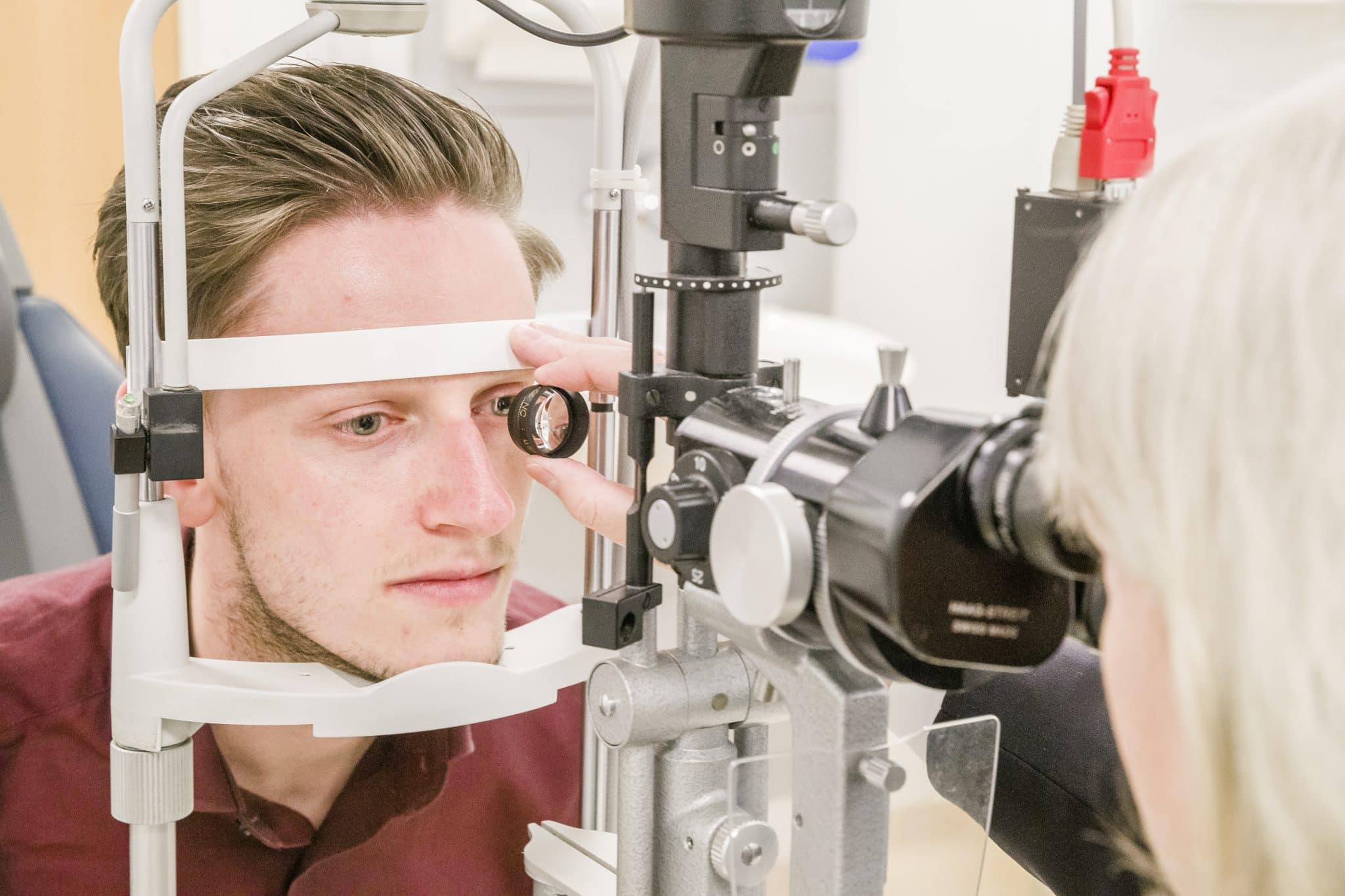
Impact Report 2022
The difference we made in 2022
Search results

The difference we made in 2022

You can download the last three years’ Trustees’ Annual Report & Accounts. They are also available on the Charity Commission website.

The Retina UK Professionals’ Conference is aimed at anyone who works with our community in a professional capacity.
Rod-cone dystrophy is an umbrella term used to describe retinal conditions in which the rod-shaped photoreceptors, found mainly in the peripheral areas of the retina, degenerate ahead of the cone-shaped photoreceptors in the centre.
We carried out our first Sight Loss Survey in 2019 and used what we learned to improve our support. It was repeated in 2022. These are the findings.

Many research studies could not take place without the participation of people living with inherited sight loss.

Usher syndrome is an inherited condition that affects both hearing and vision. The symptoms of Usher syndrome consist of childhood-onset hearing loss, progressive vision loss caused by degeneration of the retina (retinitis pigmentosa), and sometimes balance problems.

In Refsum syndrome, visual impairment is accompanied by hearing loss, neurological problems, heart problems, dry or flaky skin, loss of sense of smell, and oddly shaped red blood cells.

People with NARP (Neuropathy, Ataxia and Retinitis Pigmentosa) syndrome have neurological (muscle weakness, epilepsy and memory problems) and balance problems in addition to retinitis pigmentosa.

In this condition, retinitis pigmentosa is accompanied by progressive neurological problems, abnormal red blood cells (acanthocytosis) and defective bowel absorption of fat, leading to very low blood levels of cholesterol and absent beta lipoprotein (Abetalipoproteinaemia).